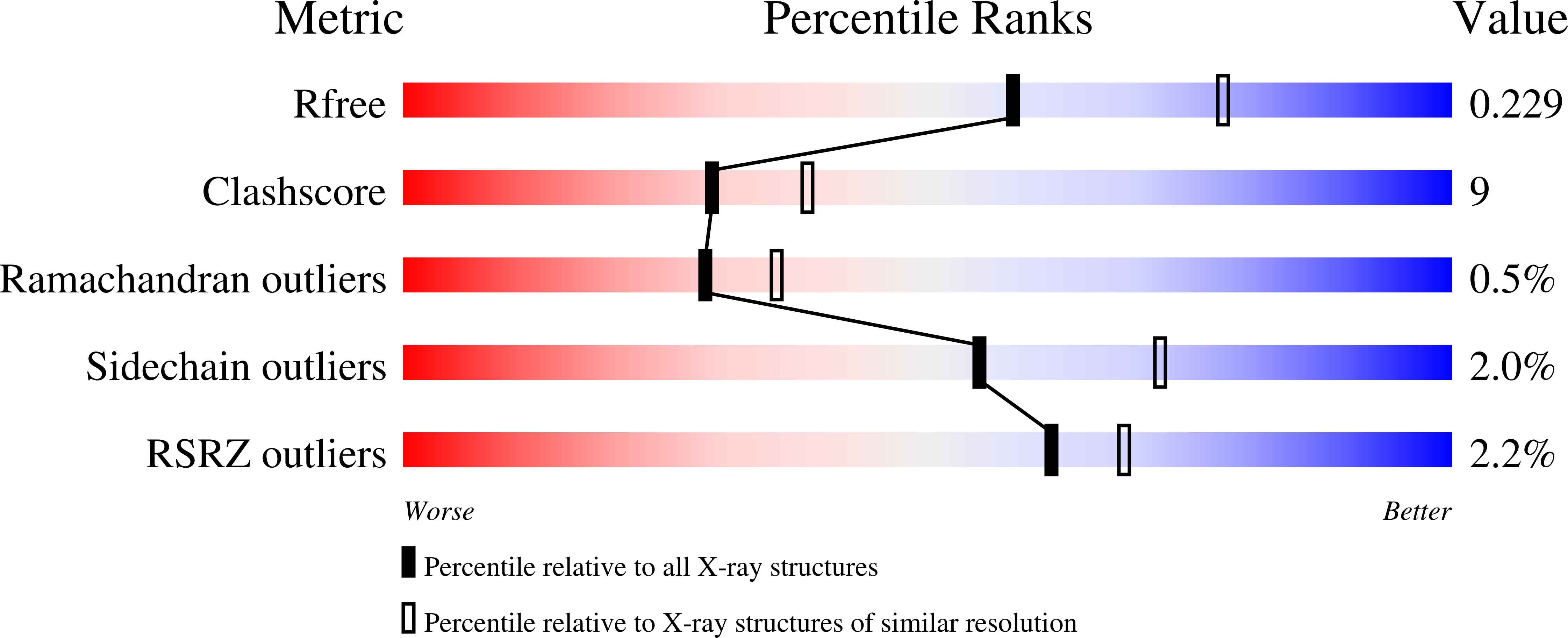
Deposition Date
2003-03-05
Release Date
2003-08-05
Last Version Date
2024-11-20
Entry Detail
PDB ID:
1OPH
Keywords:
Title:
NON-COVALENT COMPLEX BETWEEN ALPHA-1-PI-PITTSBURGH AND S195A TRYPSIN
Biological Source:
Source Organism:
Homo sapiens (Taxon ID: 9606)
Bos taurus (Taxon ID: 9913)
Bos taurus (Taxon ID: 9913)
Host Organism:
Method Details:
Experimental Method:
Resolution:
2.30 Å
R-Value Free:
0.22
R-Value Work:
0.19
Space Group:
C 1 2 1


